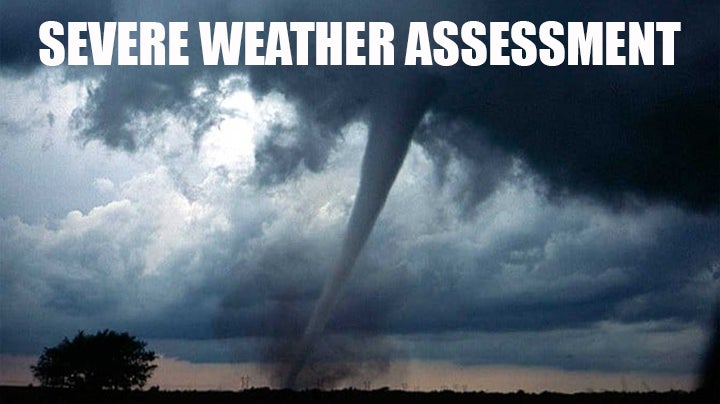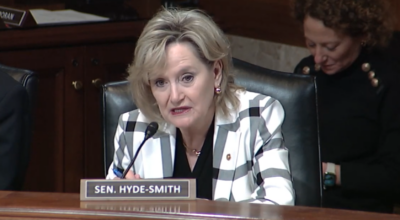Lincoln County’s jobless rate creeps up
Published 10:22 pm Thursday, January 25, 2018
For the second consecutive month, Lincoln County’s unemployment rate has climbed a few steps higher.
November saw a rise of 0.3 percent over October to reach 4.6. December witnessed a similar rise, stepping up 0.2 percent to 4.8. Twenty more people were without jobs in December compared to Thanksgiving month, with a total of 680 individuals searching for gainful employ.
Mississippi’s labor force is 1,271,000 — a drop of 18,300 from just 12 months prior. However, the state’s jobless numbered at 74,700 (5.8 percent) at the end of 2016 compared to 57,000 (4.5 percent) at the close of 2017.
The national unemployment rate was 3.9 percent in December. The Magnolia State’s rate was 4.5. That’s good news for Mississippi. It’s the lowest level statewide since records began in 1976. Hawaii and California hit the same benchmark for their states in December, as well.
The Labor Department shows Hawaii at 2 percent, the lowest of all 50 states. Alaska has the highest rate — 7.3 percent. Employers added 148,000 jobs in the 12th month, across 10 states. States with the biggest percentage of job increases were Wyoming, Montana and Oregon. For the year, Nevada, Oregon and Utah added the most jobs. No state saw a significant decline in available jobs over the course of 2017.
The number of jobs in Mississippi increased by 17,800 over 12 months, with 2,900 jobs added in December, totaling 1,162,800 jobs — the most ever recorded in the state.
Lincoln County’s 4.8 puts it at 35th place in the state, tied with Lauderdale. The lowest rate is 3.2 percent, found in Lamar, Rankin and Union counties. Jefferson County is home to the largest rate of unemployment — 11.8 percent — and Issaquena follows it at 10.2 percent.
Seasonally-adjusted data removes the effects of events that follow a more or less regular pattern each year such as the influences of weather, holidays, the opening and closing of schools, and other recurring seasonal events. These adjustments make it easier to observe the cyclical and other non-seasonal movements in a data series. Amounts are seasonally adjusted at the national and state levels only.





